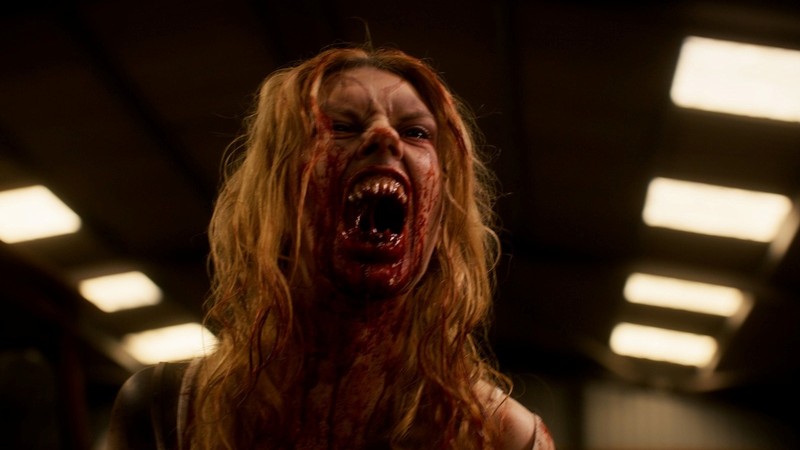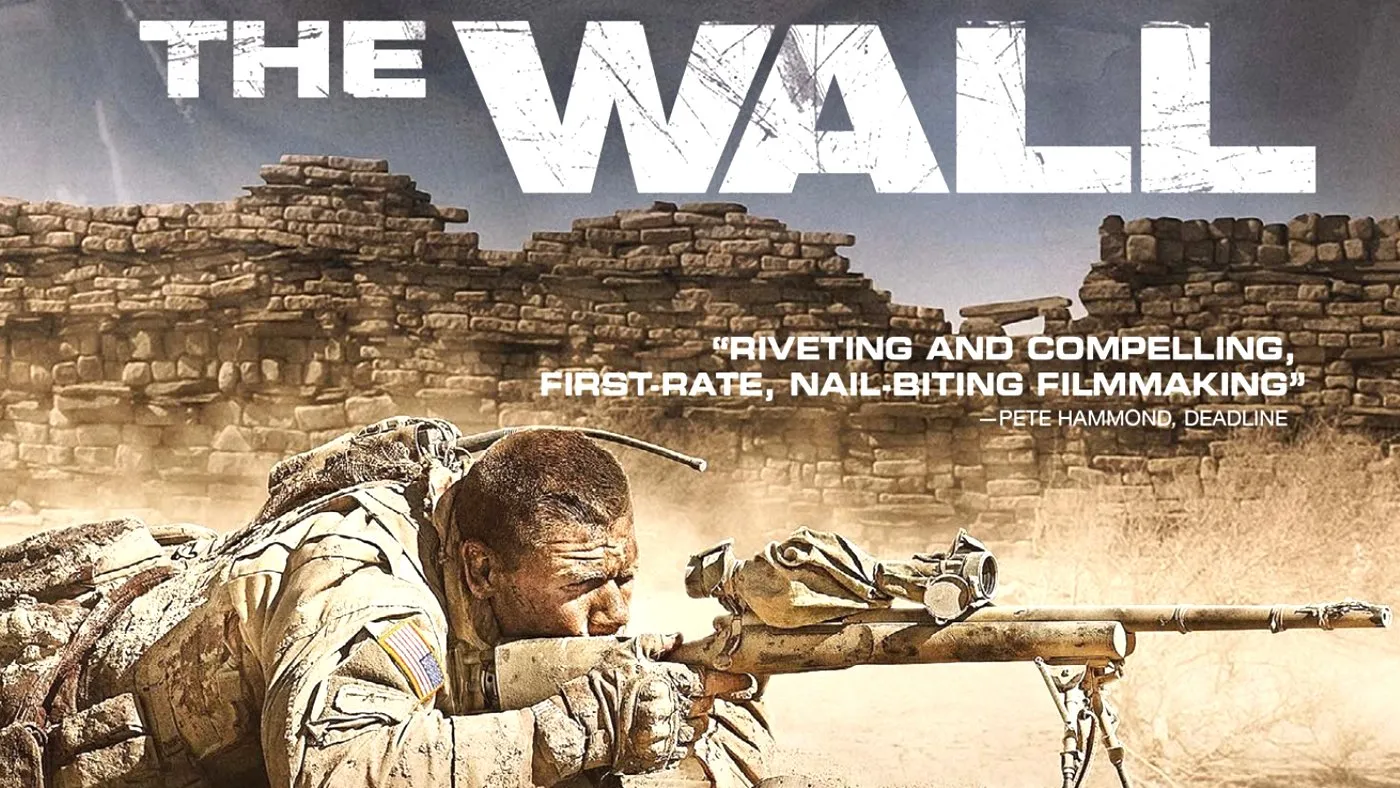Bogieville (2024): A Gritty Vampire Thriller with Southern Gothic Flair
Bogieville is a 2024 vampire thriller that dives deep into Southern Gothic horror, set within the eerie confines of a run-down American trailer park. Directed by Sean Cronin, the film blends regional atmosphere, practical effects, and psychological tension to create a story that’s both grotesque and strangely compelling. It follows a couple on the run who seek shelter in what initially seems like a quiet, rural hideaway—only to find themselves surrounded by vampires.
The story centers on Ham, a disillusioned drifter, and Jody, his girlfriend, who stumble into Bogieville—a strange and isolated trailer park—seeking refuge and a fresh start. They’re welcomed by Crawford, the caretaker, a cryptic and possibly deranged figure who introduces them to the hidden truth: the residents are vampires, living under the rule of a feral, near-mythic leader named Madison. As Ham and Jody are slowly integrated into the community, they’re pulled into a dangerous world of bloodlust, secrets, and ancient hunger.

One of the film’s strongest elements is its practical effects work. The vampires in Bogieville are not glamorous or elegant—they’re grotesque, veiny, blood-smeared monsters with cracked skin and animalistic movements. Their appearance is deeply unsettling, and the film makes effective use of old-school prosthetics rather than relying heavily on CGI. The standout performance comes from young Poppie Jae Hughes, who plays Lily, a child vampire with an unnerving mix of innocence and savagery.
Nicolas Cage is not in this film, though some viewers might expect that kind of chaotic energy. Instead, director Sean Cronin plays the role of Madison with a near-silent, animalistic intensity that makes his presence memorable despite minimal dialogue. His portrayal relies more on growls, snarls, and physicality than on words, contributing to the feeling that the vampires are more beast than man.

Cinematography by Daniel Patrick Vaughan is another highlight. The film makes excellent use of natural lighting and tight interior shots to create a claustrophobic, grimy feel. The contrast between the oppressive daylight and the dark, shadowy interiors adds to the tension, and the isolated trailer park setting gives the movie a haunting, almost post-apocalyptic aesthetic.
However, Bogieville is not without its flaws. Some of the acting—particularly from supporting cast members—feels uneven, and the attempt by mostly British actors to imitate Southern American accents often falls short. At times, the dialogue feels forced or awkward, pulling viewers out of the atmosphere. The film also struggles with pacing, particularly in the second act, where long flashbacks and exposition slow down the momentum.
Despite these weaknesses, Bogieville remains an ambitious and original entry in the vampire genre. It trades the sleek urban nightlife of modern vampire films for something more raw and grounded—focusing on hunger, survival, and the decay of both flesh and society. It’s a film that doesn’t aim for polish or mainstream appeal, but instead embraces its rough edges to deliver a grim, moody, and occasionally shocking experience.
In the end, Bogieville may not be perfect, but it offers a refreshing, unsettling spin on vampire mythology that horror fans seeking something different will appreciate.

